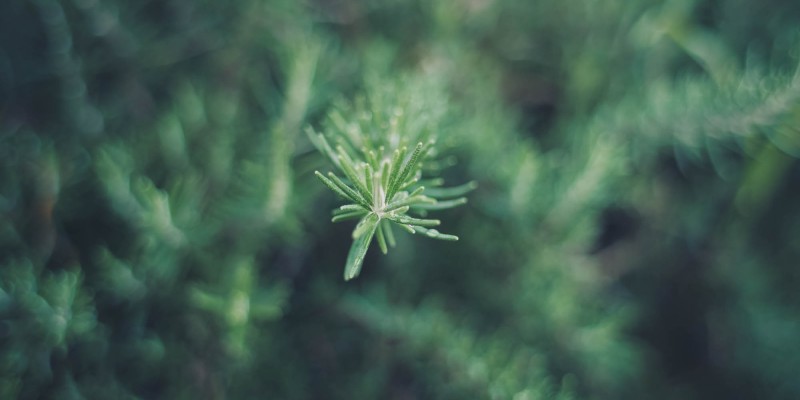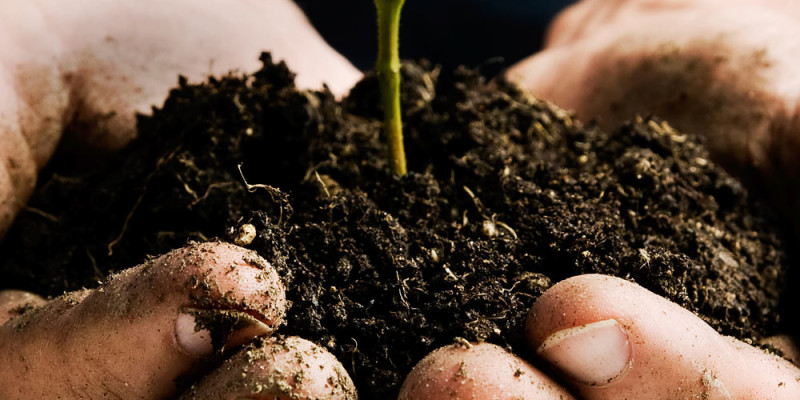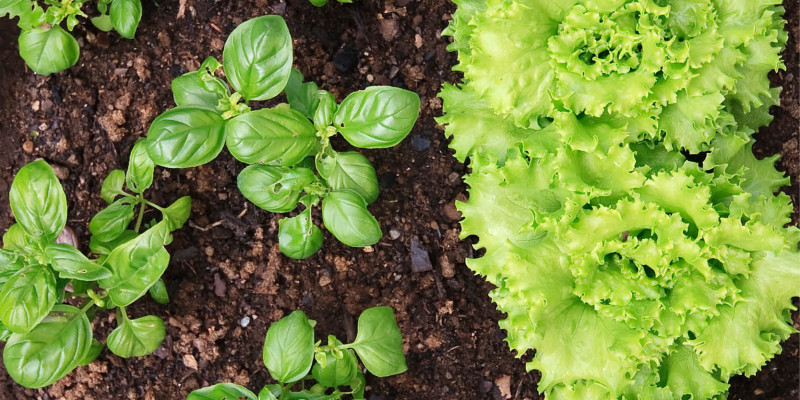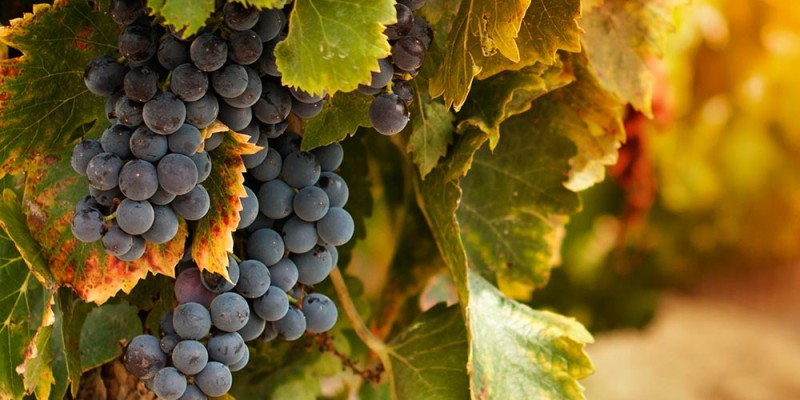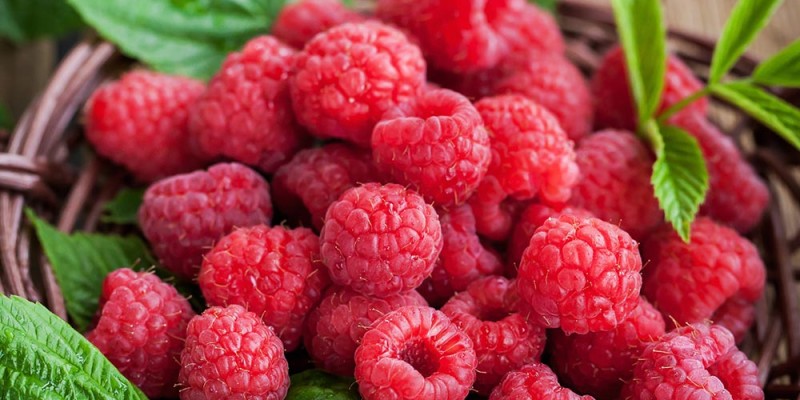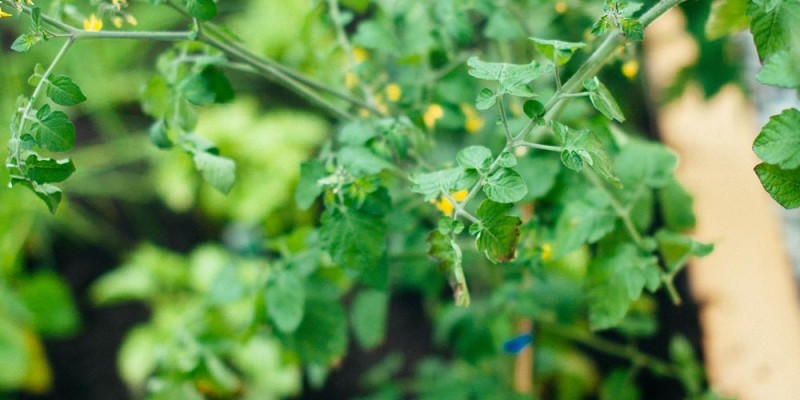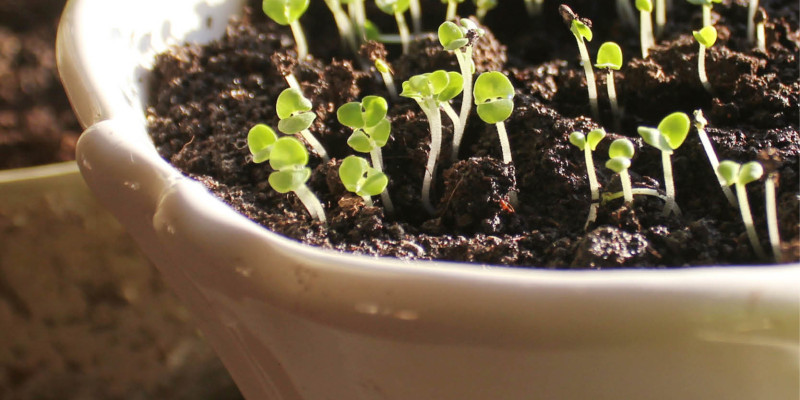Introducing the Urban Gardening Series
Today I wanted to introduce a new series in response to world events that are touching many homes here in Canada. The other day while shopping I saw a medium sized tomato with a price of 3$ each and a head of cauliflower over 10$. World events have led to fast and sharp increases in the cost of groceries.
With an estimated 10% of our household incomes going towards food a sharp increase can have a noticeable difference in our day to day lives.
This leads to me to the reason why I want to do this series. What I want to explore and show that back yards, patios and windowsills can produce high quality nutritious food in your urban living space. Key to this new series, that I am calling the Urban Gardening Series, is that you do not have to spend a whole lot to do it and your garden can even ease the stress on your household budget.
History of Urban Agriculture the Victory Garden
The Urban Gardening Series is by no means a new concept. During World War I and II a program called Victory Gardens took off. The Victory Garden program saw front yards and public spaces converted into food producing gardens that helped to take the pressure off of commercial agriculture that was struggling to meet the war’s demands.
Although due to different stresses I hope to show in the Urban Gardening Series that anyone with a little space can grow healthy fresh food at home or in a public space that can help take the stress off of your pocket book. In this series I will take you along on step by step journey through setting up your first garden, planting, harvesting and fertilizing among many other subjects.
How can Urban Agriculture Save money?
I understand some of you might be sceptical that a back yard garden will help you save money over the long run. Take a look at all of the products including composts, fertilizers, tools and equipment being marketed to gardeners it may become hard to believe that one could produce a tomato for less than 3$ or even a head of cauliflower for less than 10$.
I am very confident you will be able to not only produce food for less than what it costs in the store but you should be able to recover any investments you have made into the garden in the first year or two while continuing to produce food for years to come for free.
Now that I have outlined what I want to achieve through the Urban Gardening Series let’s start right now! I have begun working with a single mother whom could benefit from a home garden to not only relieve some of the stress on her food budget but help teach her daughter about food.
Planning
I am standing in my garden in the winter; most of you are thinking what can I do this time of year if I don’t already have a garden? There is plenty of you can do in advance of this year’s growing season.
Planning your garden now will help not only pass the winter months but it will help you save money and get prepared. So where and how do you start your planning?
Preparing to plan
The first thing I do each year is do some research. This time of year I want to get an idea of what I want to grow. This will help you determine what kind of garden to start with and what kind of materials you will need to source. Often I find the more time I have to source a material the less likely I am to have to purchase a product rather I have the time to find a free or very cheap source.
Inspiration Sources
The first inspiration source I use is YouTube. YouTube is a great platform and there are plenty of channels including mine that talk about different crops and how to grow them. The caution I have with this platform is it is worldwide. There are creators from Australia to Canada and most every country in between. A lot of their information is really good regardless of where you are however you will want to find one piece of information out first.
You will want to find out what “growing zone” or “Plant hardiness zone” your house is in. Usually a quick google search of your communities name and the term “growing zone” or “Plant hardiness zone” behind it will find this for you. The terms growing zone or plant hardiness zone are very similar terms and are defined as the relationship between how plants grow and the environment.
In my case I am in zone 3 which means plants that are marked as zone 3 will do well in my area. Whereas plants marked for the warmer zone 8 for example will not likely survive the winter here without significant effort.
We will talk about this more as we go through the series but for now make sure to mark down your growing zone.
Books as Inspiration
Books are often a good resource as they are able to spend more time showing how you can grow your food across many growing zones.
If you enjoy a good read I will suggest to you a few of my favorite books to get you started.
The best part is this can be free as most libraries have them or books very similar to them.
Square Foot Gardening by Mel Bartholomew is a fantastic book that does a great job explaining how to get a small garden started. Some of the best parts of this book are the recommendations for how to space common crops to maximize the use of the space you have available.
The second book I recommend is the 1-Minute Gardner by the Little Veggie Patch Company in Australia. Although the book was produced in Australia which is far from my zone their techniques work on basic skills that will allow you to grow food in small spaces.
There are other books that I absolutely recommend however in order to not overwhelm you I will stop for now. A description of my recommended books are in the description below.
Now it is time to watch some YouTube videos and read some excellent books. While doing both I highly recommend grabbing a note book.
Note Book
I have found having a note book close at hand while exploring gardening has been quite useful. As I read through gardening books I keep it by and jot down notes on techniques and crops I would like to grow. Ultimately I write down anything that peaks my interest or I get excited about trying! These notes end up making an excellent first list of crops to consider growing in your first garden.
My note book has lists of what I grew and where in the garden from years past. This information becomes quite valuable in future years as a reminder of what went well and what did not so you can continue to improve.
In the next episode in this series I will start to get into seed selection and when you can start to get a head start on the season.
Summary
I hope through the Urban Gardening series that both new and experienced gardeners are able to have a successful growing season without having to invest a lot. Especially for new gardeners success helps you want to continue and garden into the future.
If you are a new or aspiring gardener or a green thumb veteran I would love to hear your questions. I will do my best to respond and who knows they may be featured in a future video. The best way to reach me is through the comment section on YouTube and over on my Facebook page where I share not only my videos but much more of my gardening adventures.
Recommended Videos
Raised Bed Gardening For Beginners:
Top 5 Garden Myths, Advice that is not Correct and Why
Recommended Books
The All New Square Foot Gardening by: Mel Bartholomew
1 – Minute Gardner by: Mat Pember and Fabian Capomolla
My Cool Allotment by: Lia Leendertz
Teaming with Microbeds by: Jeff Lowenfels and Wayne Lewis
Four-Seasons Harvest by: Eliot Coleman
Lasagna Gardening by: Patricia Lanza
